Canon Powershot G5 X review
A zoom with a view(finder)
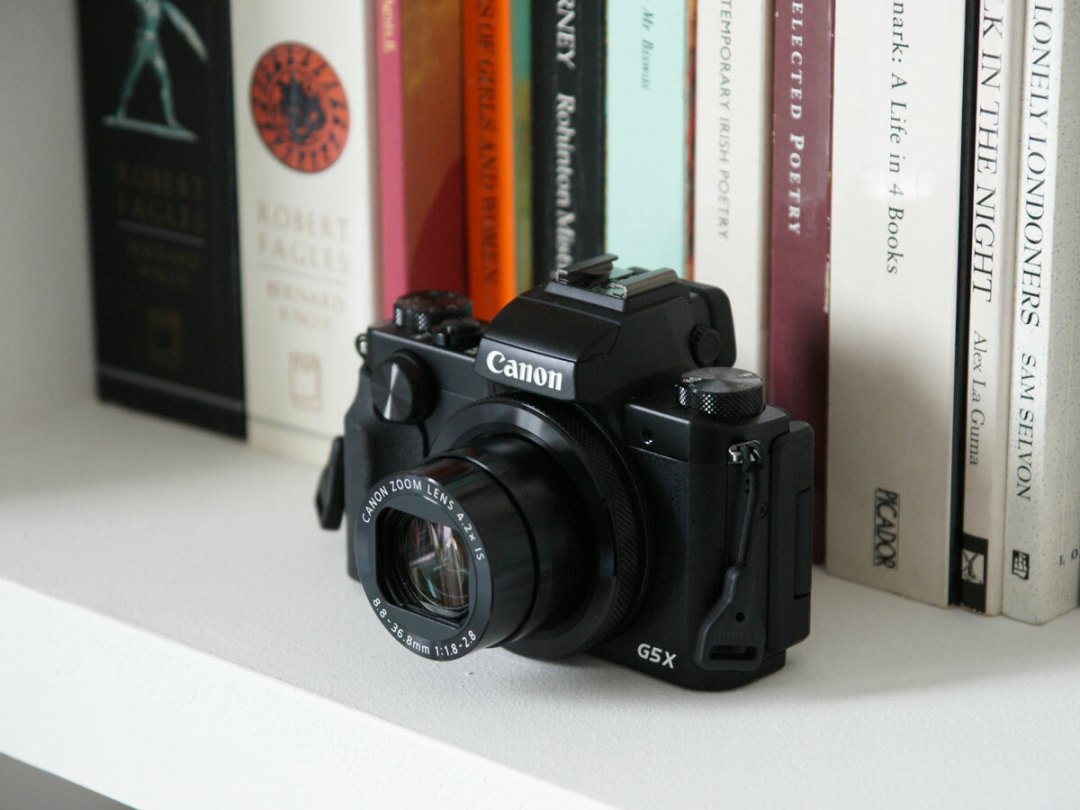
One of two recently-launched additions to Canon’s collection of high-end compact cameras, the PowerShot G5 X is the first G series snapper to come with an OLED electronic viewfinder, which it teams up with a touchscreen, a large sensor, a wide aperture lens and metal construction.
It’s not a cheap compact point-and-shoot, retailing for the princely sum of £630, but do these lovely features justify the outlay? After a couple of weeks spent in its company, I’m ready to give you the answer.
Body talk
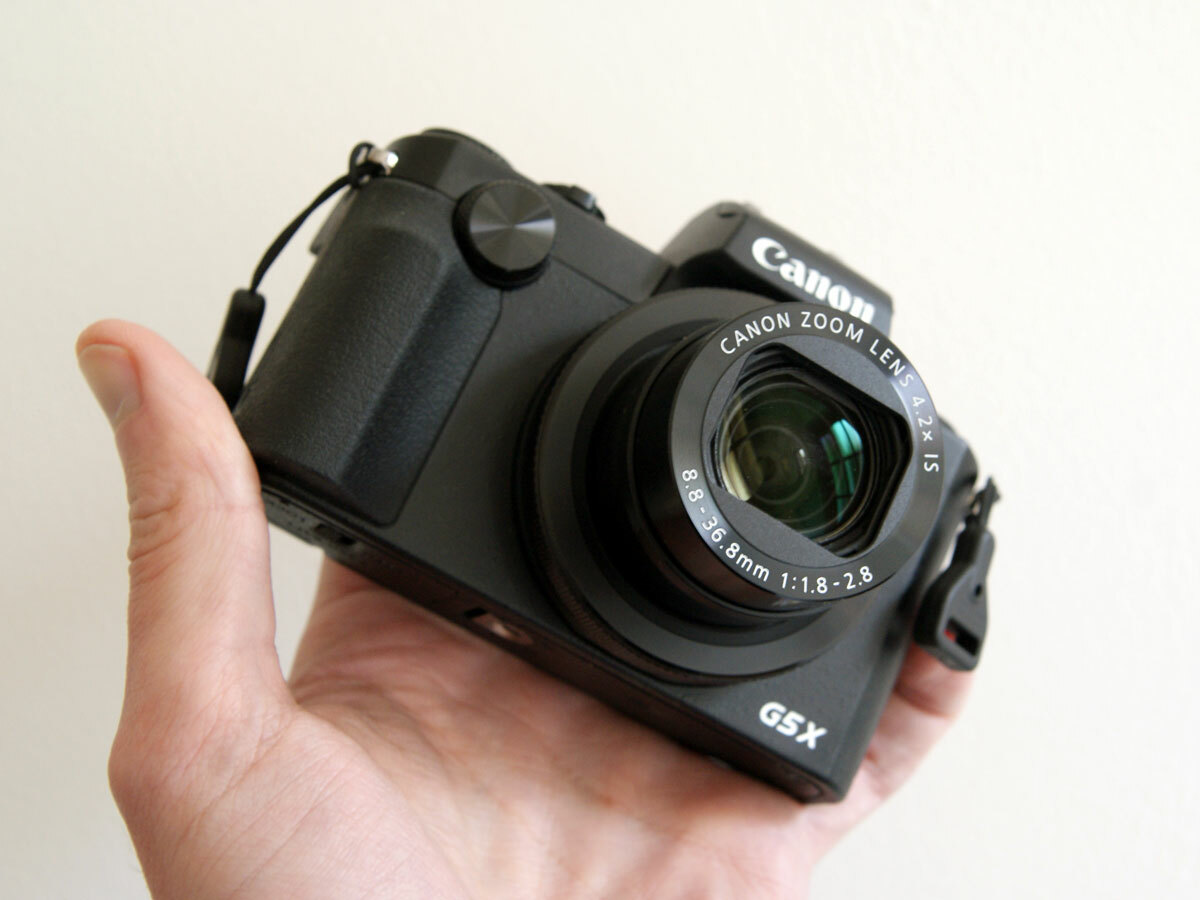
This is a pleasingly compact camera considering its capabilities. Canon has squeezed the viewfinder in very neatly indeed, and it doesn’t add a huge amount of bulk to a body that. While the G5 X couldn’t be called pocket-sized, is nicely portable. The pentaprism-style bulge that incorporates the viewfinder also contains a pop-up flash, while the lens barrel’s textured ring (which can be used to adjust zoom, aperture or other settings) and the rubbery grip on the right make the camera comfy in the hand.
Construction-wise, the camera’s exterior is a mix of tough plastic and metal, and feels appropriately premium for its price tag. The mode, exposure compensation and adjustment dials are nicely large and chunky, and the flip-out variable angle screen not only lets you frame shots from odd positions (including selfies) but features genuinely useful touch functionality. You can swipe through shots or quickly set the autofocus point by tapping a part of the screen.
More than capable › Panasonic Lumix LX100 review
GET THE OLED OUT
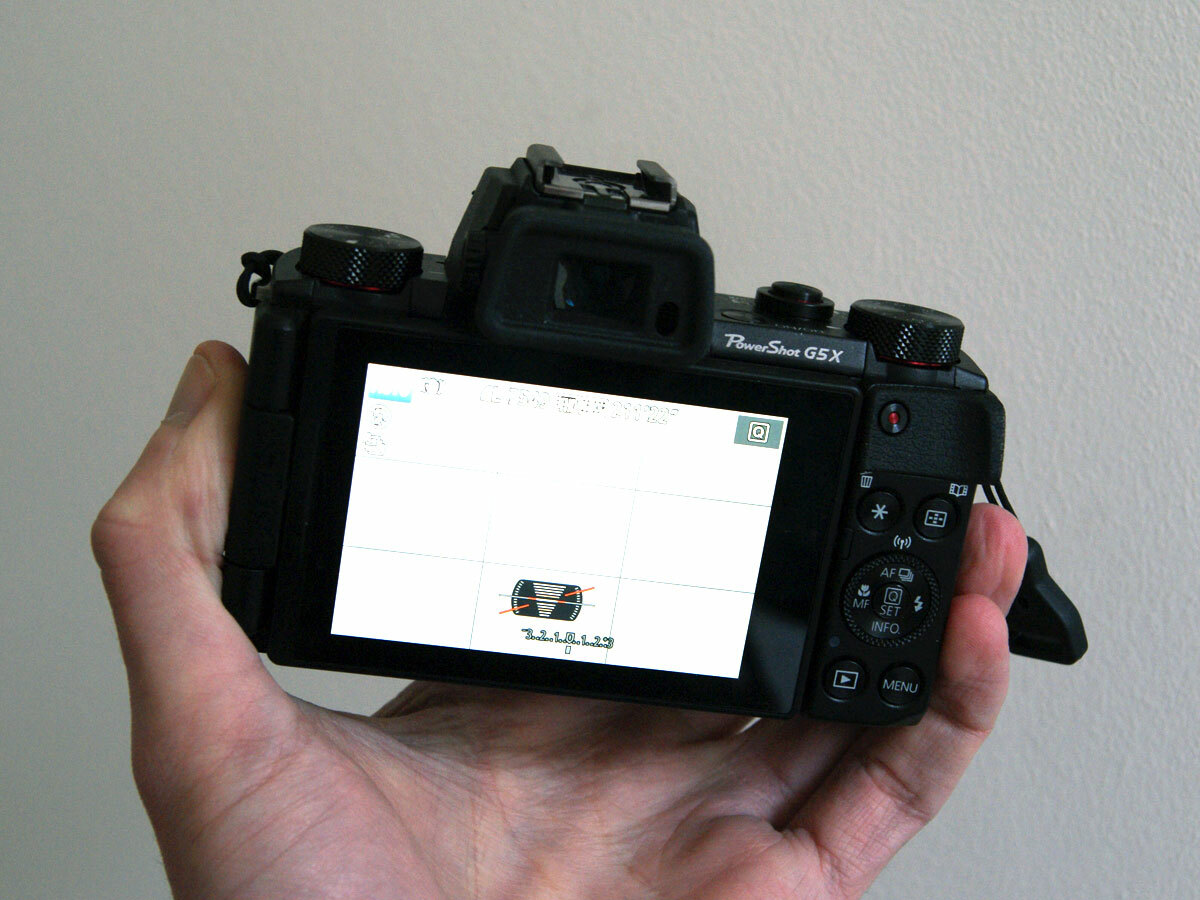
So how does the new OLED electronic viewfinder shape up? Well, it’s certainly a welcome – and overdue – addition to the G series.
I complained earlier this year about Canon’s otherwise impressive PowerShot G3 X being hamstrung by its lack of a viewfinder, as the presence of one adds so much to a camera. When the screen is rendered nigh-on unusable by bright sunlight, you can frame and review your photos and videos through the EVF. Also, holding the camera up your face rather than out in front of you keeps it much steadier, meaning images are sharper.
The viewfinder here brings those advantages, but when using it I immediately noticed that it doesn’t seem as brilliantly bright as the OLED EVFs on Panasonic and Sony cameras. It’s not a major issue most of the time, but on very sunny days that slight lack of brightness can mean the EVF lacks the sort of clarity you might need to truly see how your shot is going to turn out.
So while the G5 X’s viewfinder is certainly a big step in the right direction, there’s still room for improvement.
VIBRANT VIBES
Time to talk performance. Feeling that many buyers of the G5 X will rarely twist the dial off its Auto setting, I generally shot in this mode. While some images look a tad soft and noisy when zoomed to 100 percent on my computer screen, I found the JPEGs to be generally impressive.
Colours are bright and vibrant, and the 1-inch sensor and lens’ f/1.8-f/2.8 aperture (depending on the level of optical zoom being used) means that not only can you shoot in low light without a flash, but that you can achieve attractive blurry bokeh backgrounds in a lot of situations – something most similarly-sized compact cameras can’t pull off. You can see how the G5 X fares with the sample shots posted here.
Autofocus is also reassuringly fast and generally locks onto the thing you want it to. And as I already mentioned above, the touchscreen lets you select an area to focus on by simply tapping it.
Zooms for zonks › Sony Cyber-shot HX60V review
4K? No way
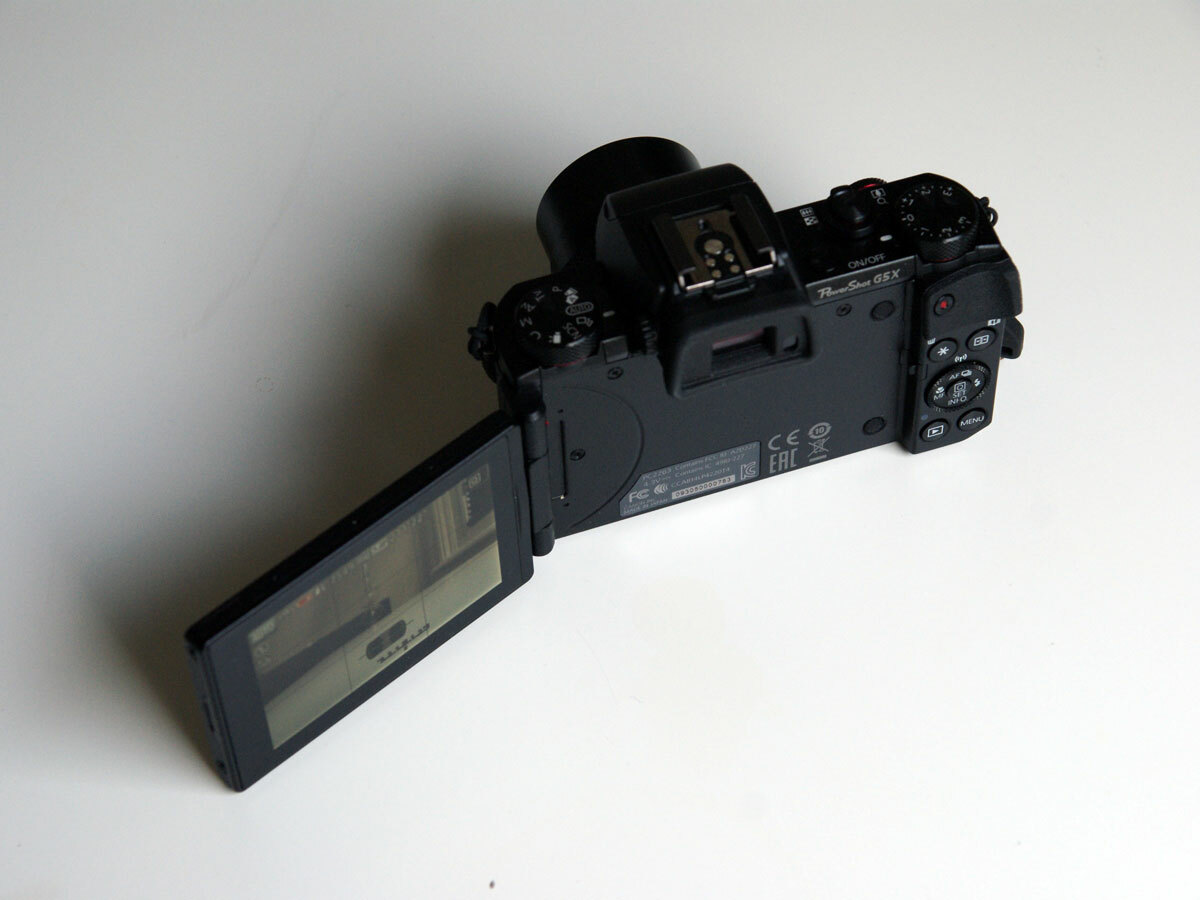
There’s of course video recording too. While Canon has remained off the 4K bandwagon, the likes of Sony and Panasonic have been keen to squeeze Ultra HD recording into their latest higher-end models. This means you’re stuck with 1080p as the top resolution when using the G5 X.
Videos look detailed and clean, and the image stabilisation does a good job of cancelling out shaky hands, but there’s nothing to get especially excited about. But then again, if you’re planning on making professional-quality videos you’re unlikely to be relying on a compact camera to supply the footage. As a secondary function that can be used to quickly capture something, it’s absolutely fine.
Canon Powershot G5 X verdict
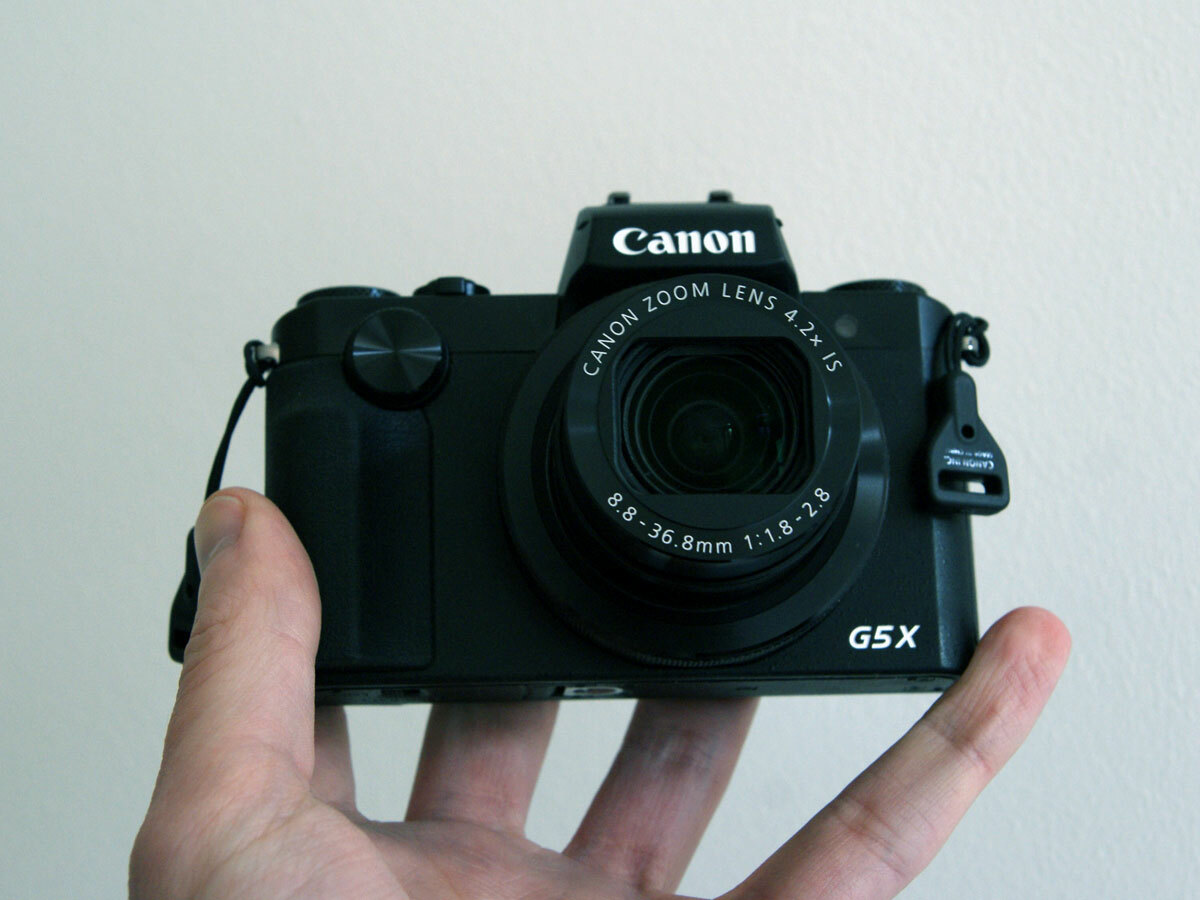
Overall the Canon PowerShot G5 X feels like the best G series camera in a while – but still doesn’t feel particularly innovative or “special”. The electronic viewfinder, large sensor, touchscreen and so on are all features that we’d expect from a camera in this class, and if there’s one thing about the G5 X that marks it out from its rivals, I can’t say that I’ve found it.
It’s a versatile, reliable and well-made camera that performs ably in most shooting situations, and it’s nicely compact. A bit more reach on the optical zoom might be useful, as would 4K video recording, but overall it’s a model that won’t let you down. That said, it won’t get your heart racing with excitement either.
Compact and packing › The top 10 compact cameras in the world right now
Tech specs
| Sensor | 20.2MP 1.0-type CMOS |
| Lens | 24-100mm (4.2x optical) zoom, f/1.8-f/2.8 |
| ISO range | 125 to 12800 |
| Video modes | 1080p (60/50/30/25/24fps), 720p (30/25fps) |
| Connectivity | Wi-Fi and NFC |
| Dimensions | 112.4 x 76.4 x 44.2mm |
| Weight | 377g |
Stuff Says…
The compact size and viewfinder make this the most appealing Canon G series camera on the market
Good Stuff
Compact and well-built
Good all-round performance
Useful OLED viewfinder
Bad Stuff
No 4K video
Viewfinder not as good as Sony/Panasonic



